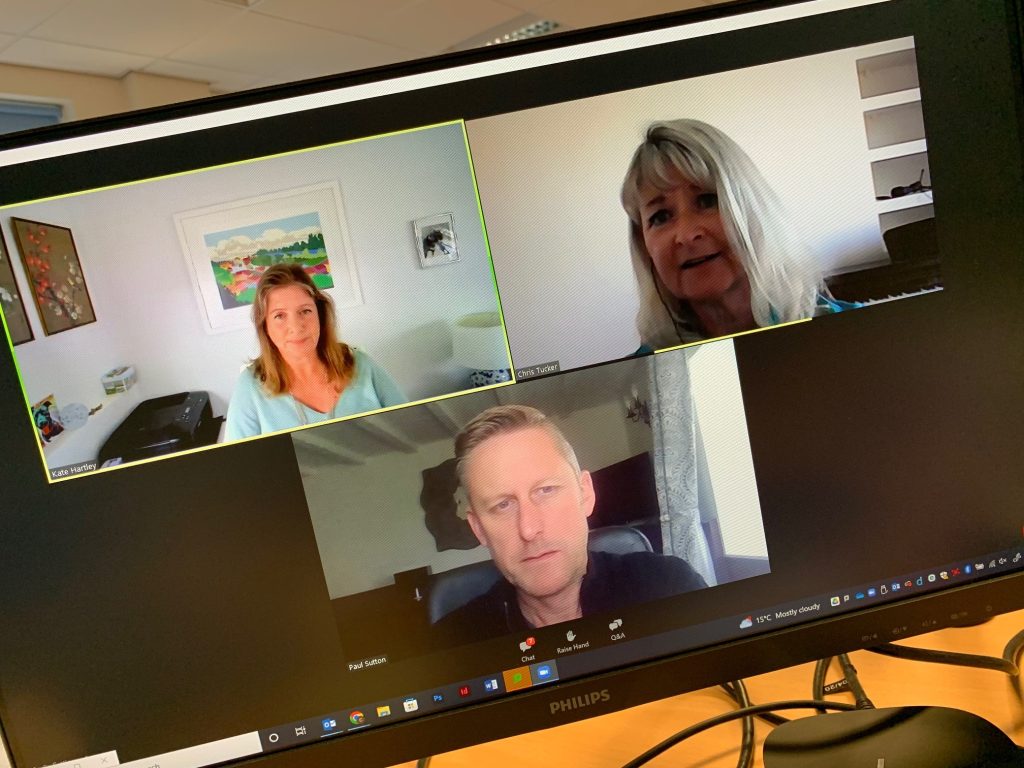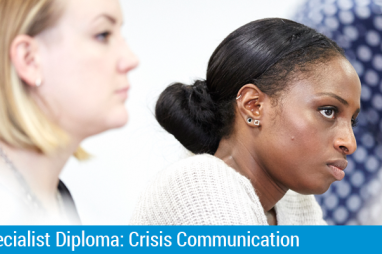Is there such a thing as a social media crisis?
Speakers agreed that the idea of a social media crisis was akin to the term “PR crisis”.
The idea of the PR professional being a gatekeeper when it comes to the dissemination of information is pretty much dead.




